Gliclazide
Gliclazide is an oral medication used to control blood sugar levels in people with type 2 diabetes. It belongs to a class of drugs called sulfonylureas, which help the pancreas release more insulin. By lowering blood glucose levels, Gliclazide plays a vital role in managing diabetes and preventing complications related to high blood sugar. It is often prescribed along with a healthy diet and regular exercise for optimal blood sugar control.
Uses of Gliclazide
Gliclazide is primarily used for:
- Managing blood sugar levels in patients with type 2 diabetes
- Preventing complications related to diabetes, such as nerve or kidney damage
- Improving insulin sensitivity in patients with insulin resistance
How Gliclazide Works
Gliclazide works by stimulating the pancreas to produce more insulin, which helps lower blood sugar levels. It also improves insulin sensitivity and reduces glucose production by the liver. This medication helps regulate blood sugar, making it easier for the body to use glucose for energy, thus preventing high blood sugar levels in people with type 2 diabetes.
Benefits of Gliclazide
The benefits of Gliclazide include:
- Effective in lowering blood glucose levels in type 2 diabetes
- Helps prevent diabetes-related complications such as nerve, eye, and kidney damage
- Improves the body's response to insulin
- Can be used alone or in combination with other diabetes medications
How to Take Gliclazide
Gliclazide is typically taken once or twice daily, depending on the dosage prescribed by your healthcare provider. It should be taken with food to reduce the risk of stomach upset. It is important to follow the exact dosage instructions provided by your doctor. Do not crush or chew the tablets, and ensure that you take it at the same time each day for consistent results.
Types of Dosage Available
- Gliclazide 40 mg tablet
- Gliclazide 80 mg tablet
- Extended-release forms (available for certain brands)
Side Effects of Gliclazide
Common side effects of Gliclazide include:
- Hypoglycemia (low blood sugar), which can cause dizziness, sweating, or shaking
- Headache and nausea
- Weight gain
- Stomach discomfort or indigestion
Severe side effects (rare) include:
- Severe allergic reactions (rash, itching, swelling, or trouble breathing)
- Severe low blood sugar symptoms, including confusion or fainting
- Yellowing of the skin or eyes (jaundice), which could indicate liver problems
Safety Advice
Before using Gliclazide, consider the following precautions:
- Inform your doctor if you have a history of liver or kidney disease, as it may affect the medication's dosage.
- Do not skip meals or take Gliclazide without eating, as this can cause hypoglycemia.
- Monitor your blood sugar levels regularly to ensure proper control.
- Avoid drinking alcohol while on Gliclazide, as it can increase the risk of low blood sugar.
- Inform your doctor of any other medications you are taking, especially for diabetes or blood pressure, to avoid drug interactions.
Frequently Asked Questions (FAQs)
Q: Can I take Gliclazide if I have type 1 diabetes?
A: Gliclazide is not suitable for type 1 diabetes, as it requires insulin production. It is specifically used for type 2 diabetes.
Q: What should I do if I miss a dose of Gliclazide?
A: If you miss a dose, take it as soon as you remember, unless it's almost time for your next dose. Never take two doses at once.
Q: Can I stop taking Gliclazide once my blood sugar levels are under control?
A: It is important not to stop taking Gliclazide without consulting your doctor, as discontinuing it suddenly may affect your blood sugar control.
Q: Can Gliclazide be used with other diabetes medications?
A: Yes, Gliclazide can be used in combination with other diabetes medications, such as metformin, but only under the guidance of your doctor.
Download India's most affordable pharmacy app
- Compare with medicine prices
- Save upto 90% on your medicine bills

Temperature Controlled storage and delivery
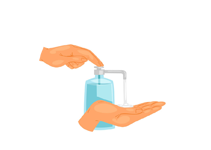
Regular Sanitization
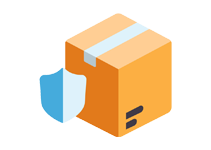
Disinfected Packaging
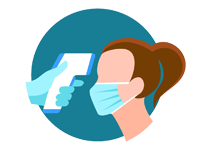












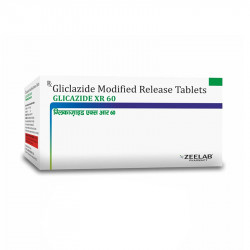
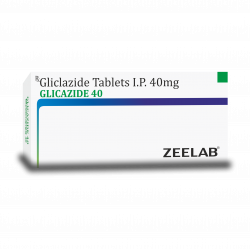
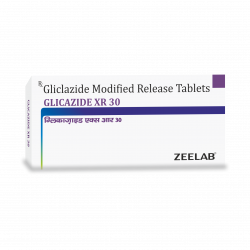

 Added!
Added!